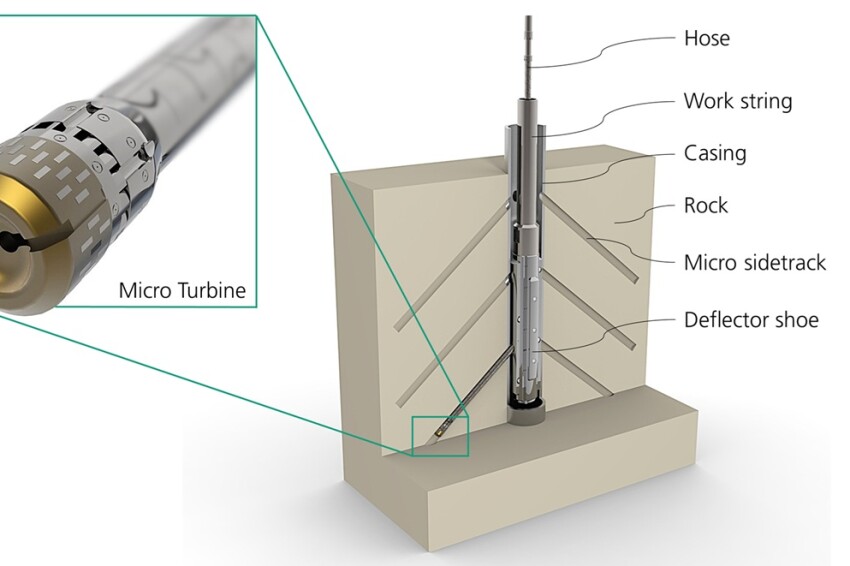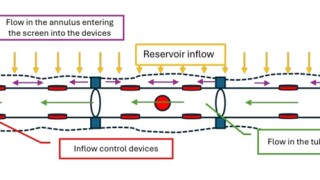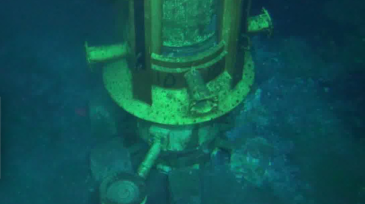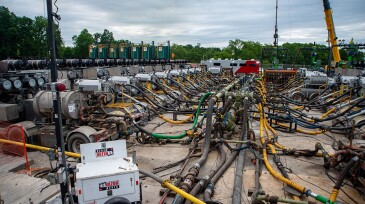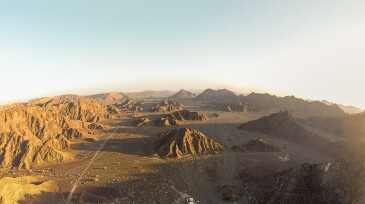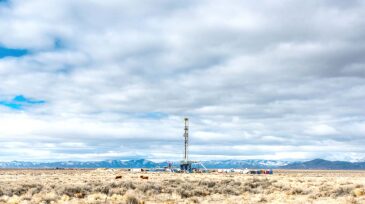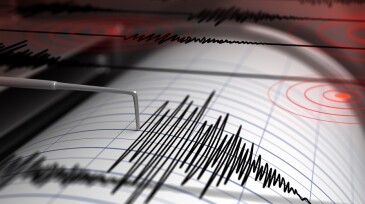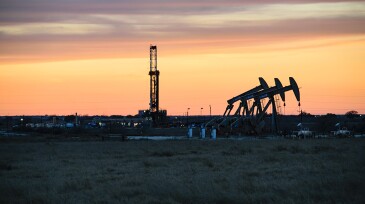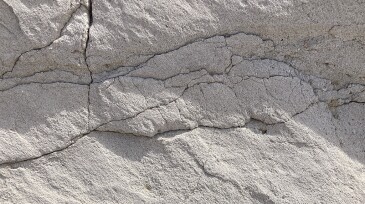Completions
A field test study examines micro turbine drilling in a clay formation that allows steel casing and formation to be drilled in a single operation.
Aurora Innovation and Detmar Logistics have inked a deal for 30 autonomous trucks that will begin hauling sand in the region next year.
This paper compares various drainage strategies and well completion configurations on the installation of inflow control technology by considering energy efficiency.
-
The second phase of the project will analyze data gathered in Phase 1, with the goal of improving riser, wellhead, and conductor fatigue estimates.
-
SponsoredThis Q&A highlights the benefits of AI and ML to automate work flows and analyze data at a much faster rate—within minutes. These capabilities deliver a fit-for-basin approach designed specifically for US-centric work flows.
-
This paper describes an intelligent completion design installed in two deepwater wells with dual-zone stack-pack sand-control lower completions and the installation of an intermediate string to isolate the reservoir in each zone.
-
The mid-sized completions service provider is betting that automation will boost the competitiveness of natural gas-powered pumps.
-
Geologists have identified a formation with a world-changing potential for carbon dioxide storage, but some engineering is required.
-
Service company Liberty Energy has announced the formation of Liberty Power Innovations which will specialize in compressed natural gas.
-
The large US shale producer has officially entered into the renewable energy sector with its largest venture investment yet.
-
Regulators told some injection well operators close to the epicenter of a magnitude 4.0 earthquake that they will have to shut down their operations indefinitely.
-
This paper presents design considerations and field-trial applications for determining practical dimensions and limits for interdependencies associated with stage length, perforation clusters, and limited-entry pressures.
-
Two US test sites have fractured hot, dry rock with plans to create a network of fractures for water heating. They will soon find out if the fractures worked as expected.

